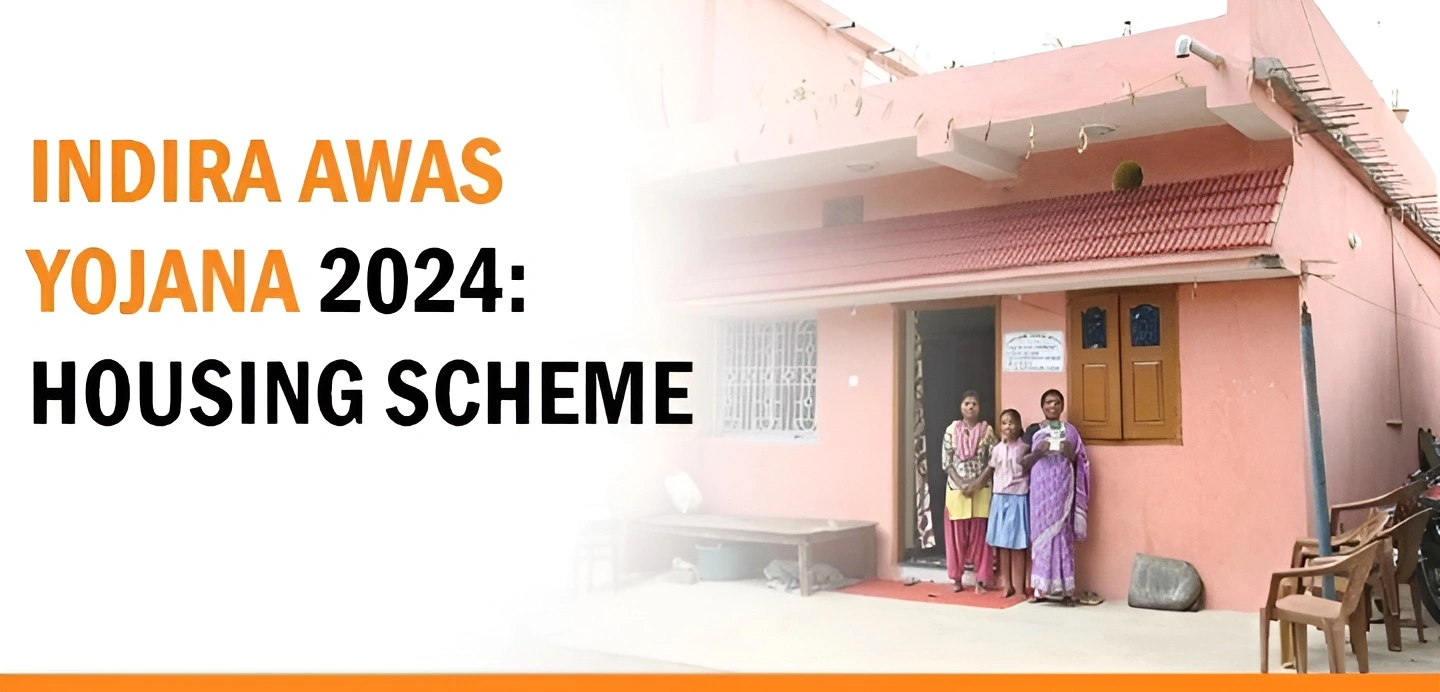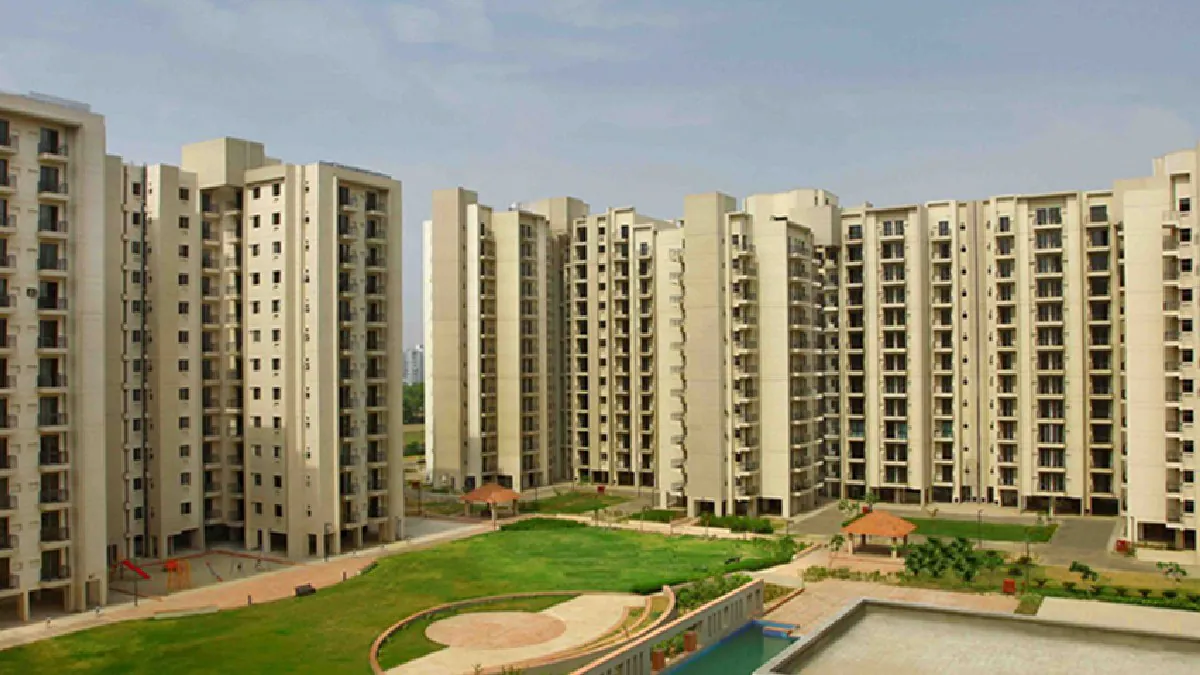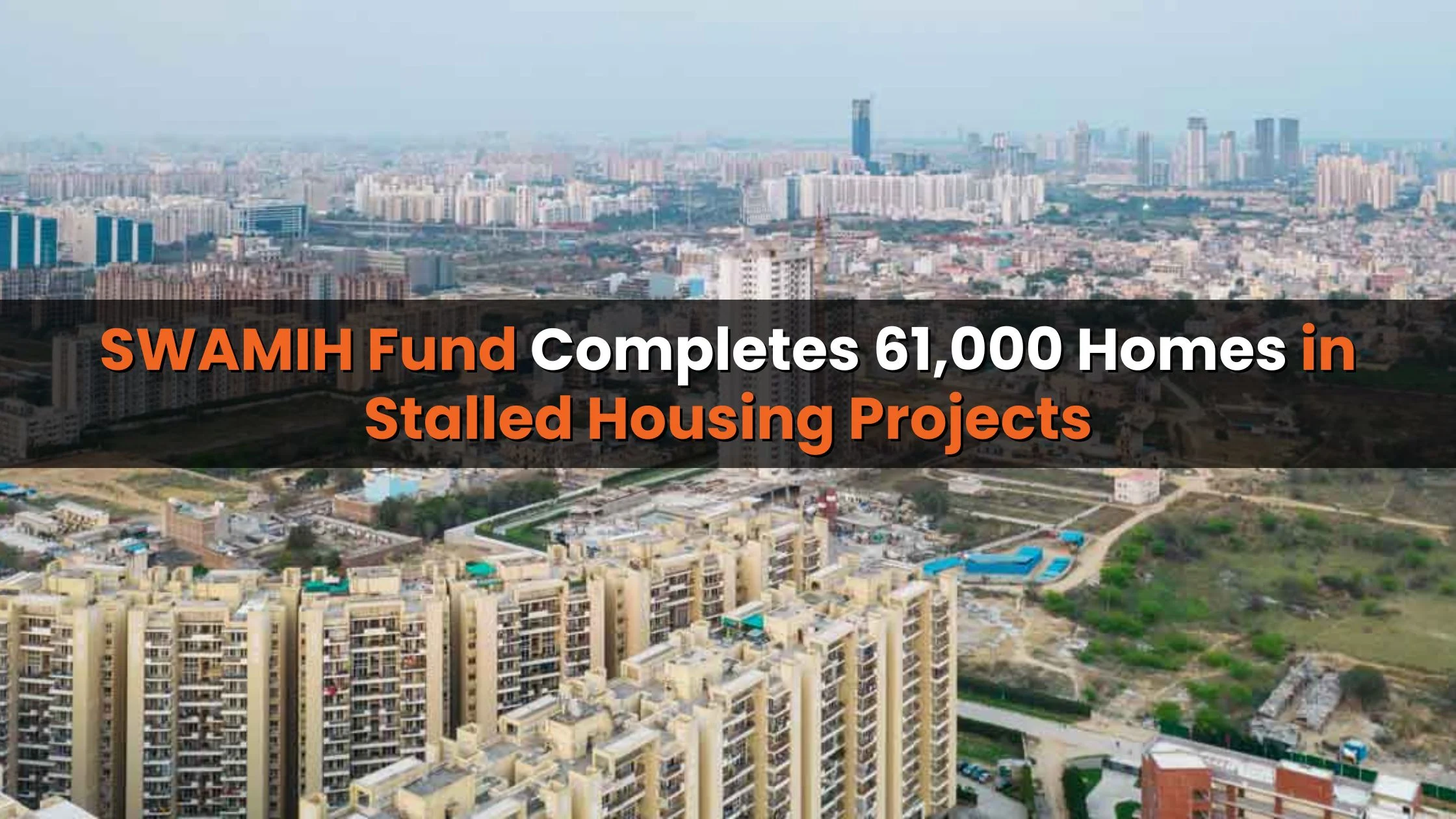Table of Content
Indira Awas Yojana (IAY): Comprehensive Housing Scheme
The Indira Awas Yojana (IAY), launched in 1985 by Rajiv Gandhi, was one of the most notable housing schemes of its time, targeting India's rural population. This flagship scheme, which stood out for its emphasis on affordable housing, laid the foundation for subsequent housing initiatives like the Pradhan Mantri Awas Yojana (PMAY).
Background and Objectives
Since India's independence, various subsidy and housing assistance schemes have been introduced. However, the IAY, initiated in 1985, marked a focused effort to uplift Scheduled Castes (SCs), Scheduled Tribes (STs), and other backward categories by providing affordable homes to the homeless and economically weaker sections.
Transition to PMAY
While the IAY was a pivotal rural housing scheme, it was eventually replaced by the Pradhan Mantri Awas Yojana - Gramin (PMAY-G). The PMAY-G continues the IAY's mission but with a more comprehensive and focused approach.
Integration with Other Programs
The IAY was initially a sub-scheme of the Rural Landless Employment Guarantee Programme (RLEGP) and was overseen by the Ministry of Rural Development. It aimed to provide housing for those below the poverty line (BPL) and economically weaker sections (EWS). In 1989, it was integrated into the Jawahar Rozgar Yojana. Originally restricted to reserved categories like SCs, STs, and OBCs, it was expanded in 1993-94 to include non-reserved categories, increasing its reach.
Notable Changes in 1996
In 1996, the IAY extended its benefits to the spouses or wards of defense or paramilitary personnel killed in action, ex-servicemen, and retired employees of the forces.
Eligibility Criteria
The IAY targeted households in rural areas under the BPL category. However, its benefits extended beyond this group. Eligible beneficiaries included:
- Socially abled citizens
- Ex-servicemen
- SCs and STs
- Freed bonded laborers
- Widows or next of kin of armed forces or paramilitary personnel killed in action
- Marginalized citizens
Required Documents
To avail of the benefits under the IAY, applicants needed to submit:
- Certificate of Income
- Caste Certificate
- Aadhar Card Copy
- Bank Account Details
- PAN Card
- BPL Certificate
Priority List
The selection of beneficiaries under the IAY followed a specific order of priority:
- Freed bonded laborers
- SC/ST citizens who are victims of atrocities
- SC/ST households headed by widows and unmarried women
- SC/ST households affected by natural calamities
- Other SC/ST households
- Non-SC/ST households
- Physically handicapped individuals
- Families or widows of defense services/paramilitary personnel killed in action
- Displaced persons due to developmental projects, nomadic and semi-nomadic tribes, families with disabled members, and internal refugees, provided they were below the poverty line.
The Indira Awas Yojana laid a significant foundation for rural housing in India, and its legacy continues through subsequent housing schemes like PMAY, ensuring affordable housing solutions for the economically weaker sections of society.
Indira Awas Yojana (IAY): Latest Implementation Reports
The Indira Awas Yojana (IAY), now integrated into the Pradhan Mantri Awas Yojana (PMAY), continues to impact affordable housing through the Union Government's schemes. For the latest IAY implementation reports, follow these steps:
- Visit the rural housing reporting website: https://rhreporting.nic.in/netiay/EFMSReport/FTOTransactionSummary.aspx.
- Select between:
- As per generated financial year
- As per sanctioned financial year
- If choosing "As per generated financial year," select "IAY New Construction."
- A state-wise report with beneficiary details will be displayed.
Fund Allocation Under IAY
The Indira Awas Yojana allocated funds in three instalments:
- First Instalment: 25% of the unit's total cost, disbursed on Awas Diwas with a sanction letter.
- Second Instalment: Over 60% of the total unit cost, released after reaching the lintel level.
- Final Instalment: 15% of the total assistance, given when a functional bathroom is constructed, and the beneficiary starts living in the unit.
Benefits of Indira Awas Yojana (IAY)
The IAY offered several key benefits:
- Customized houses based on the beneficiary's needs.
- Promotion of sustainable construction materials and local sourcing.
- Emphasis on grassroots governance with Gram Panchayats leading implementation.
- Inclusive approach supporting workspaces inside residential units.
Special Projects Under IAY
Special projects under IAY included:
- Rehabilitation of families displaced by natural calamities.
- Housing for those affected by violent outbreaks.
- Shelters for people displaced along international borders.
- Housing for laborers, tribals, and those affected by occupational diseases.
Identification of Beneficiaries
District Rural Development Agencies (DRDAs) or Zilla Parishads allocated targets to Gram Panchayats, which then selected beneficiaries based on IAY guidelines. The selection did not require Panchayat Samiti approval but was informed to them.
Monitoring of IAY
The IAY implementation was monitored through annual reports and monthly reviews by area officers, ensuring adherence to guidelines.
Evolution into Pradhan Mantri Awas Yojana (PMAY)
Despite decades of operation, the IAY could not fully achieve its objectives, leading to the evolution of PMAY. PMAY offers targeted affordable housing with subsidies up to Rs 2.67 lakh for eligible beneficiaries.
Accessing IAY List 2024
The IAY list has been replaced by the PMAY list. To check the list:
- Visit https://rhreporting.nic.in/netiay/newreport.aspx.
- Click on the "Awaassoft" button.
- Select "Reports" from the dropdown.
- Choose "IAY- Indira Awaas Yojana Report" or "PMAYG Report."
- Click on the desired report to view.
Features of Indira Awas Yojana
The IAY aimed to provide housing to the homeless and poor, focusing on:
- Homeownership: Assisting in building homes for the needy.
- Self-Construction: Beneficiaries constructed their homes with possible help from NGOs and other organizations.
- Sustainable Units: Encouraging the use of eco-friendly materials.
- Specific Time Frame: Construction stages had to be completed within designated time frames.
Summing Up: Indira Awas Yojana
In conclusion, the Indira Awas Yojana laid the groundwork for the Pradhan Mantri Awas Yojana (PMAY). By learning from the challenges and successes of IAY, PMAY has streamlined the approach to providing affordable housing to both urban and rural poor.
For detailed reports and further information on the implementation of IAY, visit the rural housing reporting portal.
Also Read: Best Banks for PMAY Home Loan




_1755760620.webp)







Ans 1. In 1985, under Rajiv Gandhi, Indira Awas Yojana, which is the IAY full form, was launched to provide housing for the rural population in India. This was the government's proactive measure to solve homelessness, and in 40 years, the scheme has now been renamed to PMAY.
Ans 2. PMAY-Gramin or PMAY-RuralIn December 2021, the Cabinet had approved the extension of the PMAY-Gramin scheme till March 2024. Under the Pradhan Mantri Awaas Yojana- Gramin (PMAY-G), over 2.55 crore houses have been completed as on February 1, 2024, the housing ministry has said.
Ans 3. Pradhan Mantri Gramin Awas Yojana"Indira Awas Yojana" (IAY) was launched by Rajiv Gandhi, the then Prime Minister of India in 1985 and was renamed as "Pradhan Mantri Gramin Awas Yojana" (PMGAY) in 2015.
Ans 4. i) INDIRA AWAAS YOJANA (IAY) IAY is the flagship rural housing scheme, which is being implemented by the Government of India with an aim of providing shelter to the poor below poverty line.
Ans 5. The initiatives include Viksit Bharat by 2047, Rooftop Solarisation Scheme, Atmanirbhar Oil Seeds Abhiyan, Employment Linked Incentive Schemes, a New Skilling Programme, Pradhan Mantri Janjatiya Unnat Gram Abhiyan, Credit Guarantee Scheme for MSMEs, NPS Vatsalya, and changes to schemes like PM Awas Yojana, Skill Loan ...